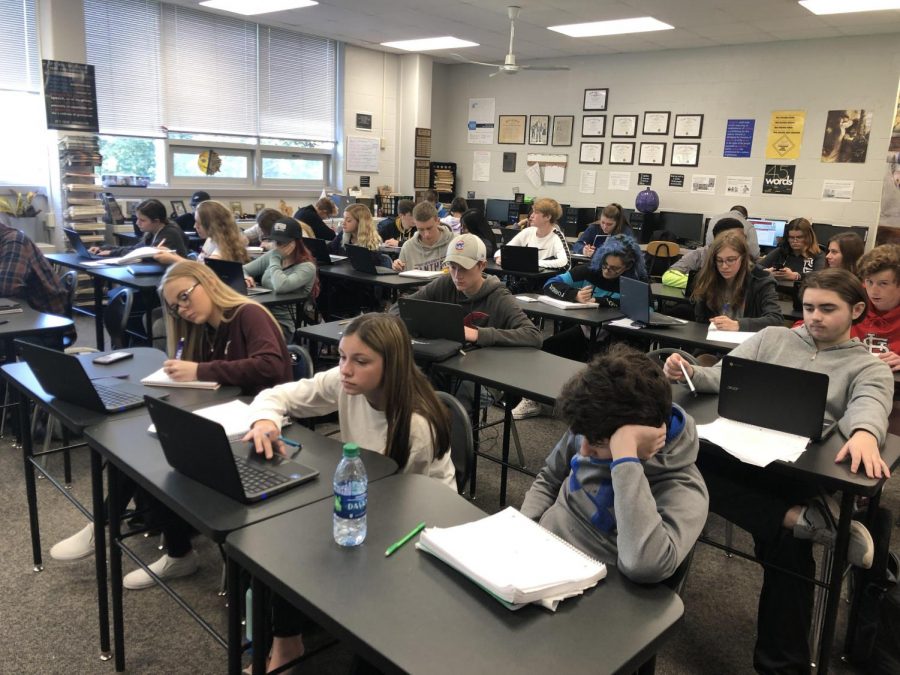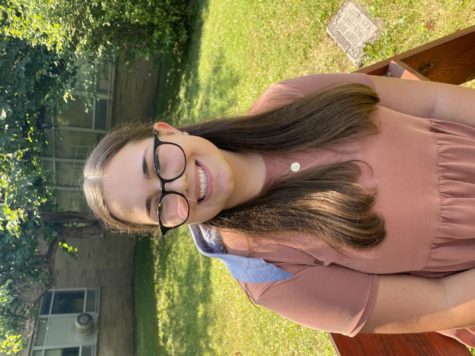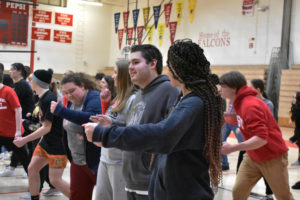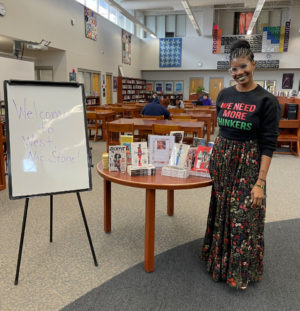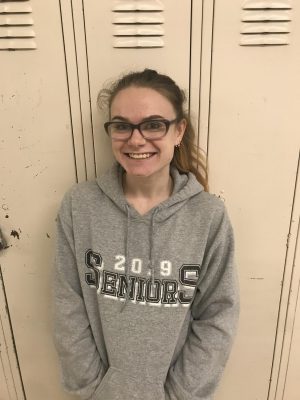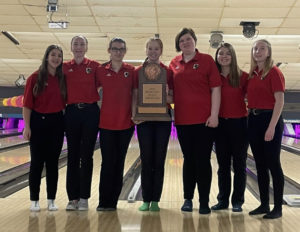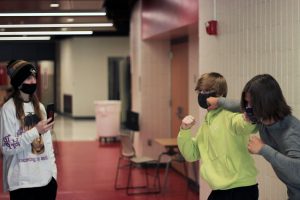Is PBIS enough?
English teacher and newspaper adviser Alissa Hansen’s Introduction to Newspaper class of 33 works hard on a social media webquest. Classes of this size are not hard to find, sometimes having more students than desks.
October 15, 2019
In December of 2018 the Davenport Community School District was ordered to cut 13.2 million dollars by the 2019-2020 school year in order to balance the budget. This meant offering retirement incentives, getting rid of teachers, and a hiring freeze. The impact at West has been evident with some classes having more students than desks. Out of 22.88 positions cut, nine have been teachers from West.
Students are feeling the impact of increased class sizes, and freshman Izzy Martinez has experienced this issue firsthand.
“There are kids sitting on stools without desks,” Martinez said. “There isn’t enough room.”
At some point it is not only a space issue, but an attention issue, and some students have issues concentrating in such a packed environment.
“It’s not hard to focus for me, but I have a desk. …I bet it is hard for kids who don’t have a desk,” Martinez said. “My class is loud just because it is such a small room with so many kids, so it is hard to stay focused sometimes.”
This can be a major setback in terms of academic progression for students, but there is a plan in place, PBIS. PBIS stands for positive, behavior, intervention, and support.
“PBIS and social emotional training for our staff will make them better equipped to help handle the stress of increased class size,” Principal Cory Williams said.
The goal of PBIS is to encourage positive behavior in schools.
“[PBIS is]a multi-tiered approach to social, emotional and behavior support. The broad purpose of PBIS is to improve the effectiveness, efficiency, and equity of schools and other agencies,” states the PBIS website.
Teachers at West have gone through extensive training for PBIS, including English teacher Angela Staber.
“[PBIS is] a way for everyone at West High School, students, staff, and other adults throughout the building to know what we are about as a whole school, and what is expected of everyone. It helps everyone ultimately enjoy coming to and being at school,” Staber said.
PBIS is meant to be implemented in a three tier system, with tier one being school wide including classroom strategies, then special group strategies, and the top tier is one-on-one strategy development.
“Well PBIS is about being positive and how I as a teacher carry myself and direct students,” Staber said. “It is also how when I see behaviors that are not helpful for the student nor others around, I try to phrase my expectations by using our emblem of what is expected, that we win by doing this.”
For students who do need that one-on-one support, there is a special teacher in room 114 to help them. Her name Thia Carminati, the at-risk diversion teacher.
“PBIS is a way to positively acknowledge the things things that these students do well instead of only the negative. We are a big fan of the shout out cards in here. We have a shout out board,” Carminati said. “We put one copy in the office and another one in here that way they have a visual daily reminder of, ‘hey, if we do good, this is what happens’, and this is all the good things we’ve done here. They like to go over and see their names on the walls too. It makes it personal.”
Some teachers say that these large class sizes are not an issue.
“We don’t really have bad behavior. Mrs. Bowe and I set the rules right away, talk about them everyday, and most of our kids do what we want them to do,” social studies teacher Aaron Cousins said.
It is up to teachers to implement this process, but a process cannot work unless the participants are willing.
“At the end of the day it comes down to showing kindness and acknowledging that I know that other things are going on,” Staber said. “But when we are in class, we should be doing this together. Simply showing kindness to students helps.”


